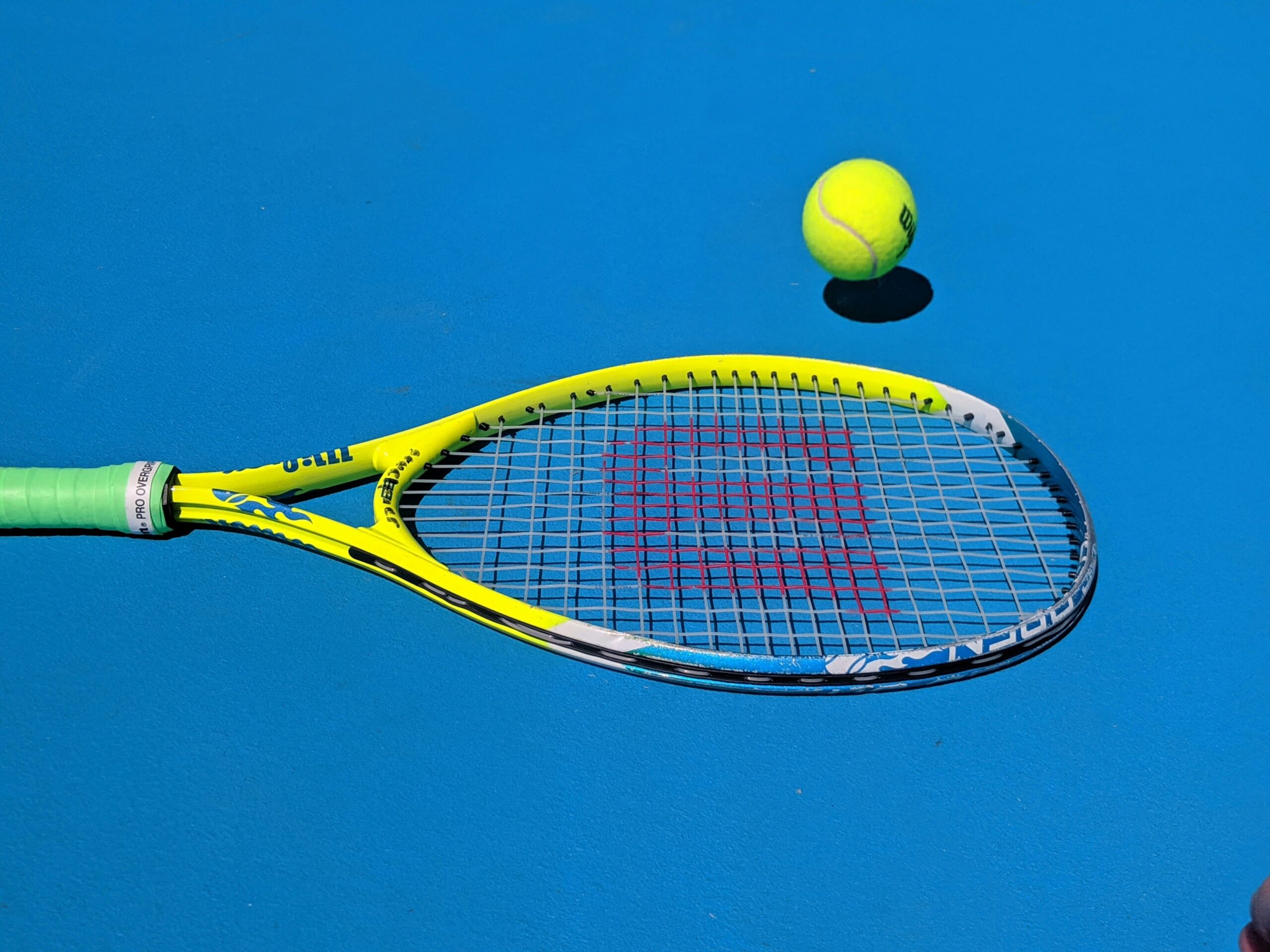Tennis, a sport that combines power, precision, and finesse, relies on the perfect harmony between two essential elements: the tennis ball and the tennis racket. In this blog, we delve into the fascinating interplay between these two components that make tennis a thrilling and dynamic sport.
Real all the important information about Tennis ball and Tennis Racket
The Evolution of Tennis Balls:
The journey of the tennis ball is one marked by innovation and adaptation. Initially made of wood, tennis balls have come a long way. Today, they are crafted with a rubber core and covered in a felt fabric. The rubber core provides the necessary bounce, while the felt covering ensures optimum aerodynamics. Modern tennis balls are designed to offer consistent performance across different court surfaces, from the clay courts of Roland Garros to the grassy lawns of Wimbledon.
The Science Behind Tennis Rackets:
Tennis rackets have undergone significant transformations as well. Early rackets were made of wood, but advancements in materials and technology have given rise to the lightweight, powerful rackets we see today. Carbon fiber, graphite, and other high-tech materials are now used to construct rackets, offering a delicate balance between power and control. Racket design is a science in itself, with engineers and players collaborating to achieve the perfect blend of frame stiffness, string tension, and head size.
Power and Precision in Harmony:
The synergy between tennis balls and rackets is crucial for players seeking the winning edge. The rubber core of the ball reacts to the strings of the racket upon impact, generating the explosive power needed for serves and groundstrokes. Meanwhile, the precision of the racket’s design allows players to direct that power with finesse, placing shots exactly where they want on the court.
The Impact of Court Surfaces:
The relationship between tennis balls and rackets is further influenced by the type of court surface. Clay, grass, and hard courts each demand a unique combination of ball and racket characteristics. Clay courts, for instance, require a ball with less bounce, allowing players more time to react, while grass courts necessitate a faster ball speed to compensate for the low bounce. Rackets must be tailored accordingly to maximize performance on these diverse surfaces.
Stringing Patterns and Tension:
Another critical factor in the interplay between tennis balls and rackets is the stringing pattern and tension. Players can customize their rackets by adjusting the tightness of the strings, influencing the amount of control and power they can achieve. The right string setup complements the specific playing style and preferences of each player, adding a personalized dimension to the game.
Conclusion:
Tennis is a sport where every detail matters, and the relationship between tennis balls and rackets is at the heart of its intensity. From the evolution of ball materials to the cutting-edge design of rackets, the dynamic duo continues to shape the way the game is played. As technology advances and players push the boundaries of their capabilities, we can only anticipate more exciting developments in the ongoing saga of tennis balls and rackets. Whether you’re a seasoned pro or a casual player, the magic happens when these two elements come together on the court, creating a symphony of power, precision, and pure athletic prowess.





